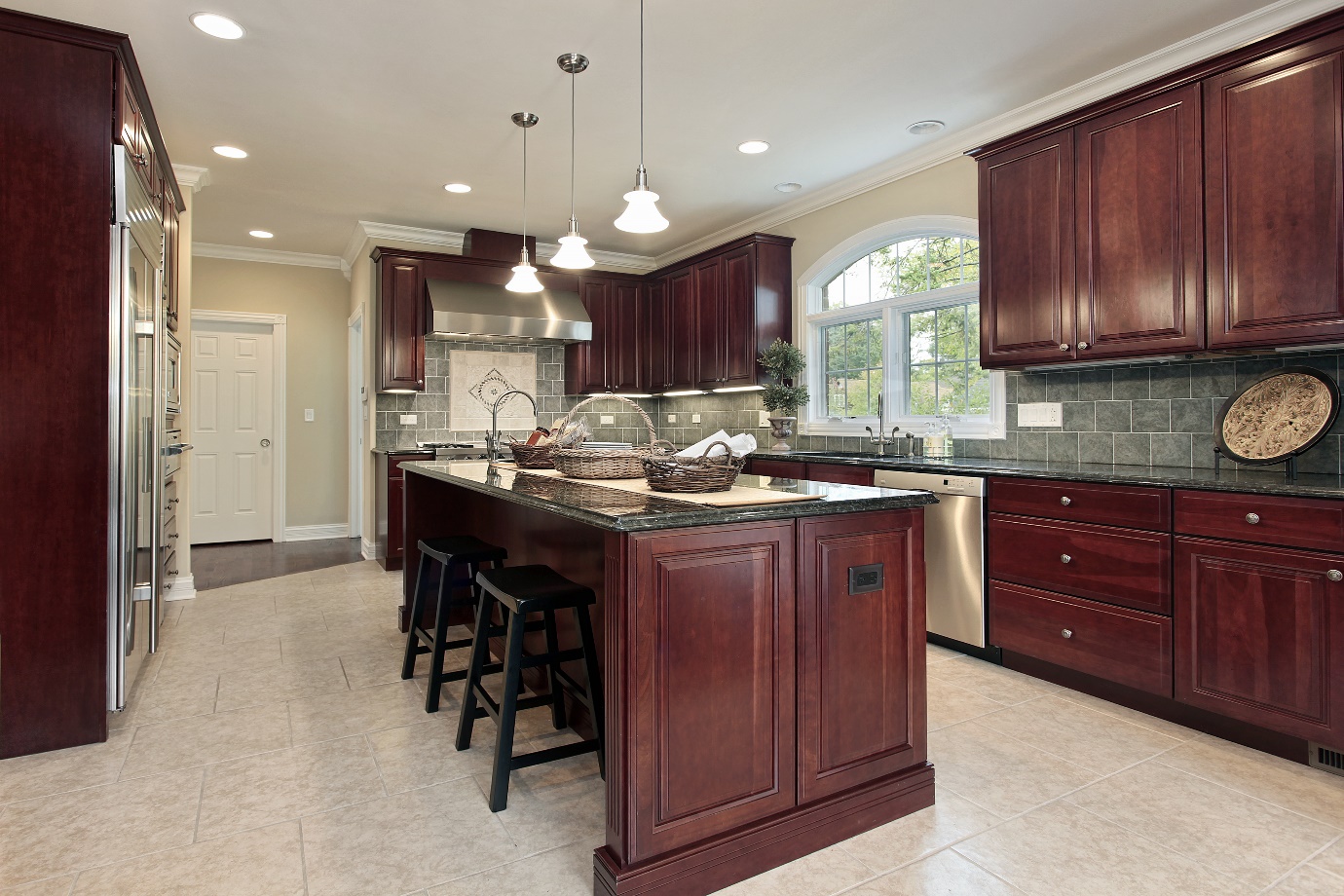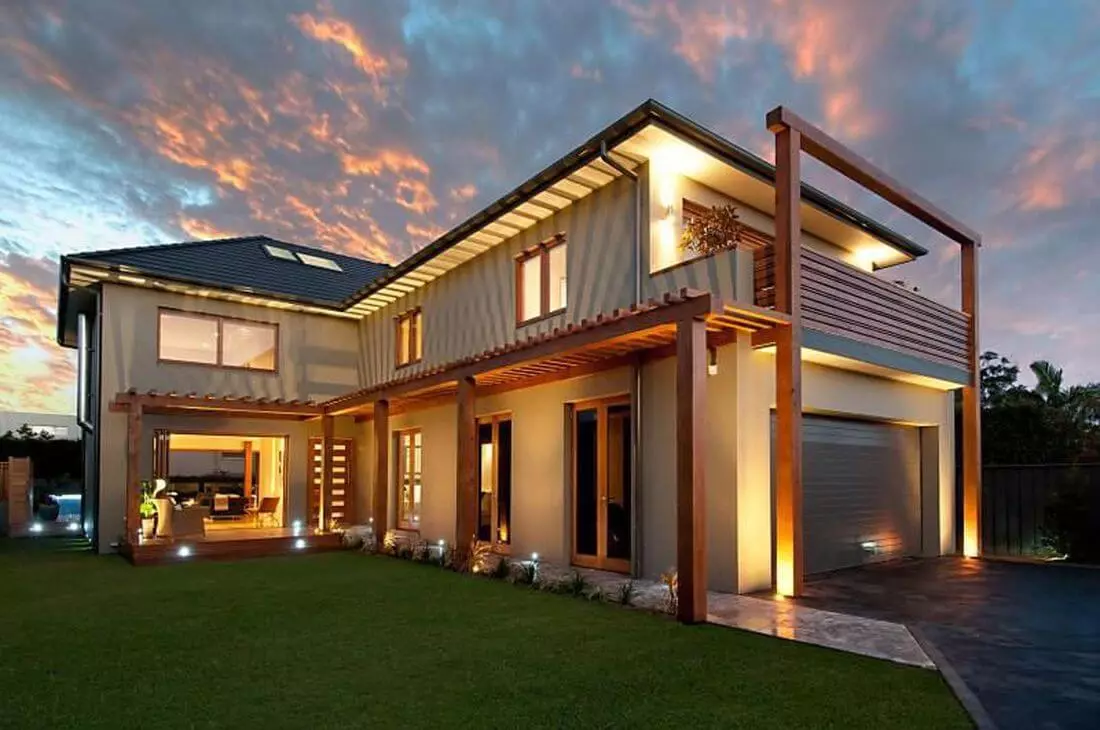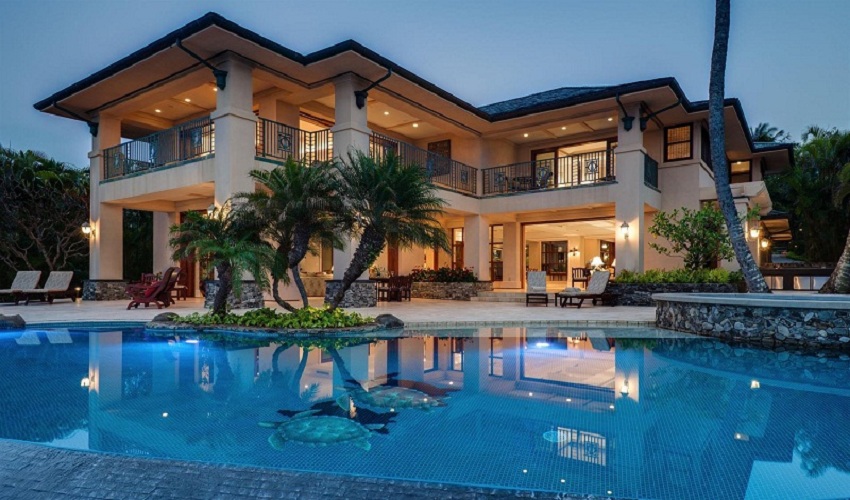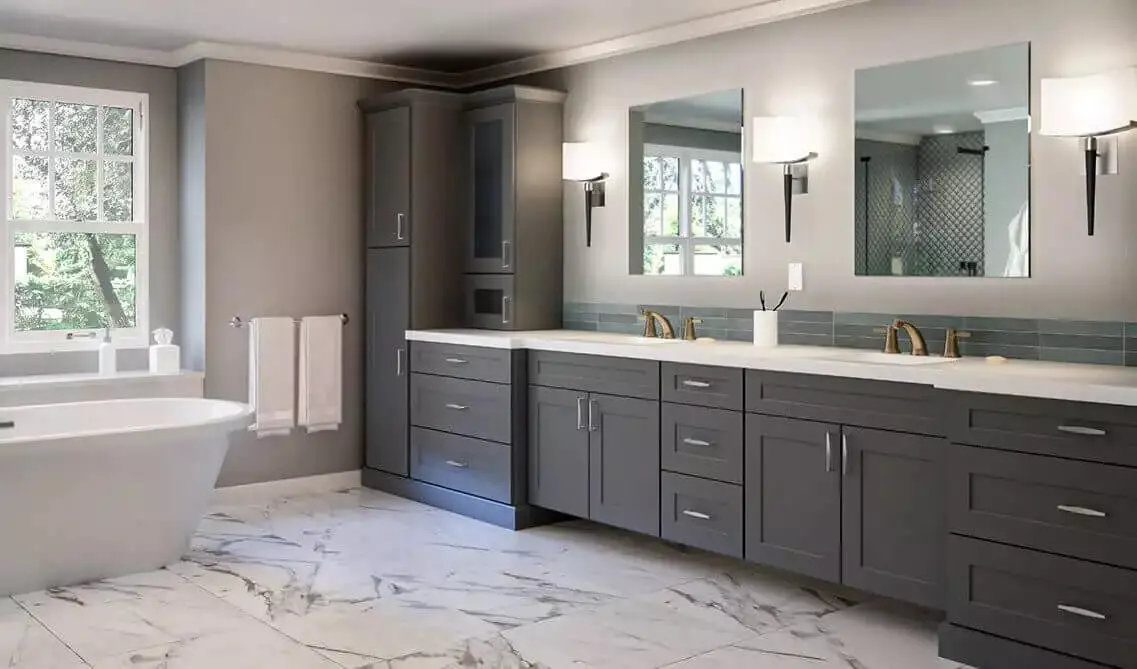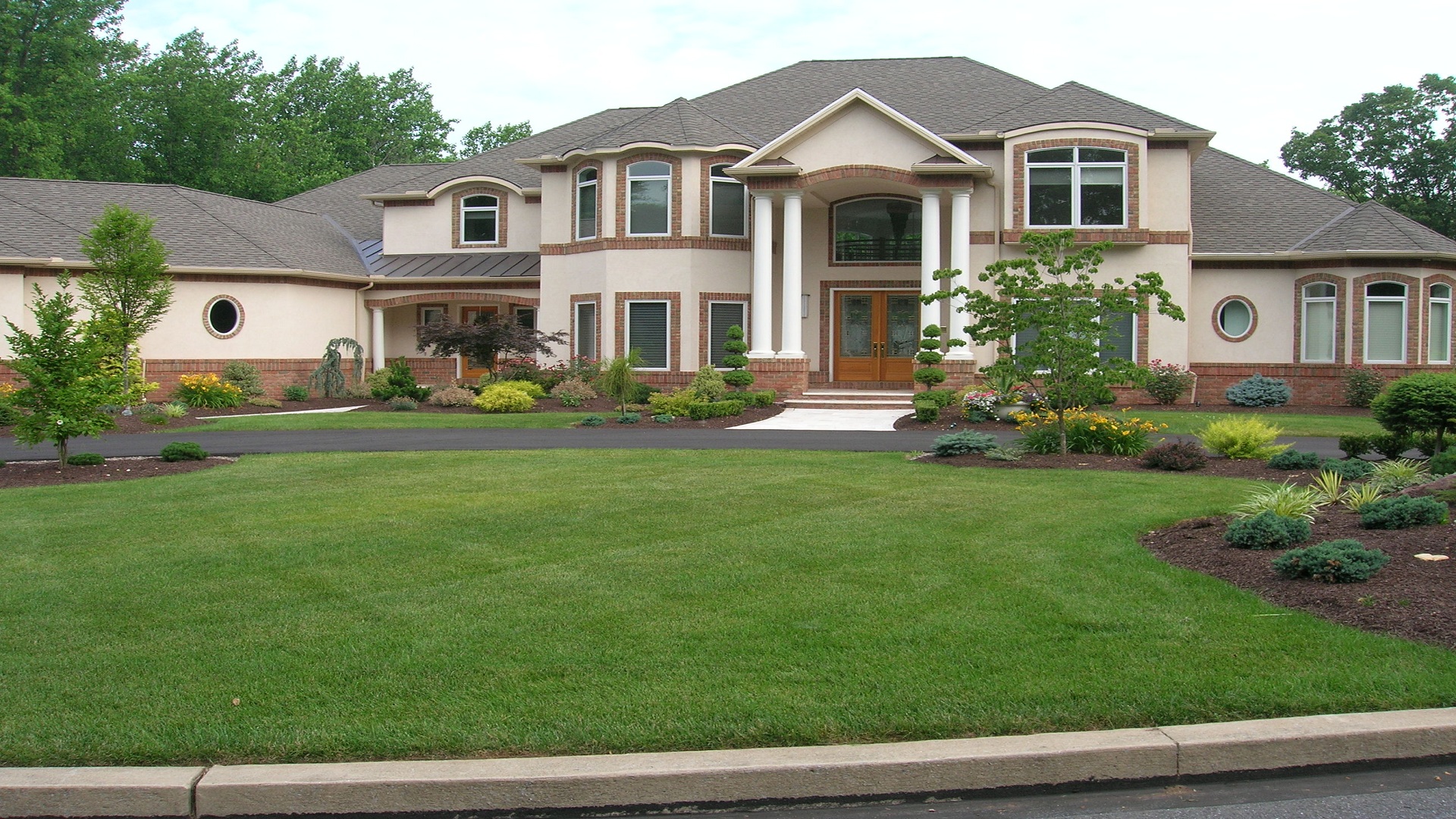When it comes to designing or renovating your home or commercial space, the materials you choose play a crucial role in determining both the aesthetics and durability of your final project. Among the many materials available, block board and birchply are two popular choices for creating long-lasting, functional, and beautiful pieces. These materials are known for their strength, versatility, and aesthetic appeal, making them perfect for a wide range of interior applications, from furniture to cabinetry and beyond.
In this article, we will dive deeper into the benefits of using block board and birchply, two essential materials in modern design. Whether you are looking to construct high-quality furniture, install sleek interiors, or create durable wooden panels, these materials offer solutions that meet both style and performance standards.
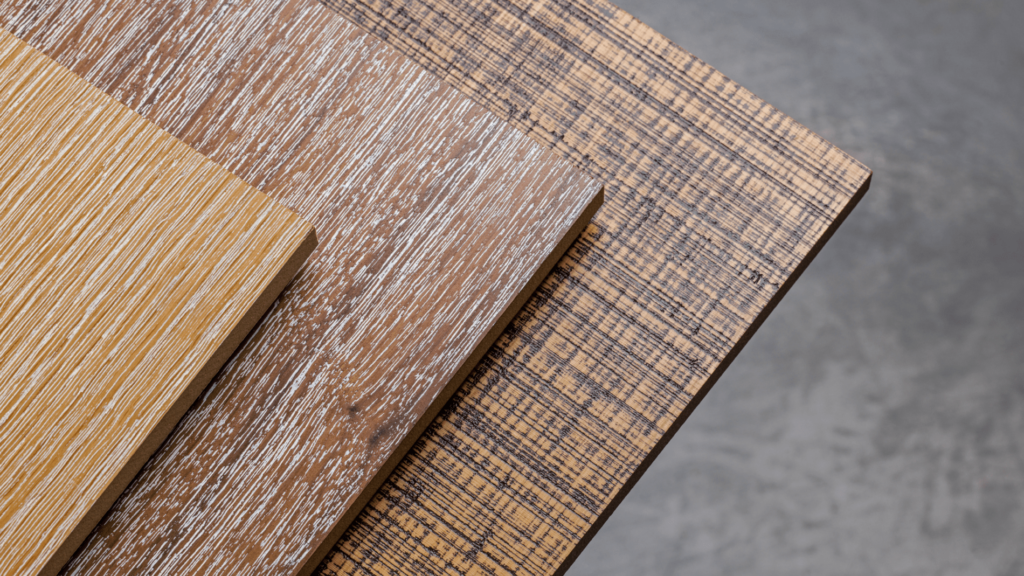
Content
What is Block Board?
Block board is a type of engineered wood product, similar to plywood but with some unique differences. It consists of a core made from strips of softwood, which are sandwiched between two outer layers (known as veneers) made from hardwood or high-quality plywood. The core is typically made from strips of wood that are glued together in a block formation, and this construction gives block board a solid, sturdy structure.
One of the standout features of block board is its strength and durability. It is widely known for its ability to withstand heavy loads, making it an ideal material for furniture, doors, partitions, and other high-stress applications. Additionally, block board has excellent resistance to bending or warping, especially in environments with varying humidity levels.
Key Benefits of Block Board:
- Strength and Stability
Block board is extremely stable due to its unique construction. Unlike other materials, the core is less prone to warping, bending, or swelling, even under pressure or exposure to moisture. This makes it a top choice for building strong furniture, durable doors, or high-quality cabinetry. - Cost-Effective
Compared to solid wood, block board is a more affordable option while still maintaining strength and durability. This makes it an attractive option for homeowners and builders who need reliable materials without breaking the bank. - Smooth and Finely Finished Surfaces
The smooth surface of block board allows for easy finishing and painting. Whether you are looking for a sleek modern look or a more traditional, rustic feel, block board can be sanded, painted, or laminated to achieve a variety of finishes. - Sustainability
Many manufacturers use sustainable forestry practices for the production of block board, making it an environmentally conscious choice. The efficient use of wood and the ability to recycle materials means that block board is often considered an eco-friendly option for interior applications. - Versatility
Block board is versatile enough to be used in a variety of applications. It is frequently used for creating furniture pieces such as desks, bookshelves, and wardrobes. Additionally, block board is often utilized in the construction of doors, panels, and partitions for both residential and commercial spaces.
What is Birchply?
Birchply, as the name suggests, is a type of plywood made from birch wood. Known for its durability, smooth finish, and light color, birchply is widely used in the creation of high-end furniture, flooring, cabinetry, and interior paneling. It has a fine, even texture and is characterized by its resistance to impact, bending, and moisture. This type of plywood is typically made by bonding layers of birch veneers with a strong adhesive, which results in a material that is both sturdy and visually appealing.
One of the key features of birchply is its aesthetic quality. The natural grain of birch wood is both light and appealing, which makes birchply an excellent choice for modern interiors, where the natural look of wood is desired. Whether you’re designing sleek furniture pieces, contemporary cabinetry, or decorative wall panels, birchply adds an elegant touch to any space.
Key Benefits of Birchply:
- Aesthetic Appeal
Birchply’s light, natural finish makes it perfect for interior designs that aim to create a clean, modern look. It can be easily stained, painted, or varnished to enhance its appearance and complement various design styles. The subtle grain and pale color of birchply are particularly suited to minimalist or Scandinavian-inspired interiors. - Strength and Durability
Birchply is known for its strength and robustness. Thanks to the quality of birch wood, it is highly resistant to impact and wear and tear. It is also resistant to moisture, making it suitable for use in areas like kitchens and bathrooms, where exposure to water and humidity is common. - Lightweight
Despite its strength, birchply is relatively lightweight compared to other types of plywood. This makes it easier to handle and install, reducing the overall workload during construction or renovation projects. - Eco-Friendly
Birch is considered a sustainable wood species, and birchply is often produced using environmentally conscious methods. The materials used in birchply are typically sourced from certified forests that practice sustainable harvesting, making it a great choice for environmentally-aware consumers. - Versatility
Birchply is incredibly versatile and can be used in a wide variety of applications. It is commonly used for furniture, shelving, cabinetry, and wall paneling. Additionally, its strength and smooth finish make it a good option for architectural elements like window frames, doors, and partitions.
Block Board vs. Birchply: Which One Should You Choose?
While both block board and birchply offer excellent properties for a range of applications, the decision between the two will ultimately depend on the specific needs of your project.
- Use Block Board for:
- Large furniture pieces such as wardrobes, beds, and cabinets.
- Areas that require high strength and load-bearing capacity, such as doors and partitions.
- Projects where budget constraints are important, as block board is often more affordable than high-end plywood options like birchply.
- Use Birchply for:
- High-end furniture and cabinetry where aesthetics are a top priority.
- Projects that require a lightweight yet durable material, such as shelving and wall panels.
- Interiors that benefit from the clean, natural look of birch wood.
Both materials are durable, strong, and versatile, but the key difference lies in their aesthetic appeal and application suitability. Birchply is often chosen for its refined, natural appearance, while block board is favored for its structural integrity and cost-effectiveness.
Conclusion
Whether you are furnishing a new home, renovating a space, or embarking on a commercial construction project, selecting the right material is essential to the overall success of your design. Block board and birchply each offer distinct advantages, making them ideal choices for various applications.
Block board provides the perfect balance of strength, stability, and affordability, making it a go-to material for heavy-duty furniture, doors, and partitions. On the other hand, birchply offers excellent aesthetic appeal, durability, and lightweight qualities, making it perfect for high-end furniture, modern interiors, and decorative elements.
Choosing between these two materials ultimately depends on your project’s specific needs and the style you wish to achieve. Both materials have earned their place in the construction and design world, and investing in high-quality block board or birchply will ensure that your interior spaces are not only beautiful but built to last.

I am Donovan and my love is writing about home improvement. I write mostly about home ideas, but also share some tips and tricks that can make your life easier when it comes to getting things done in the house.
